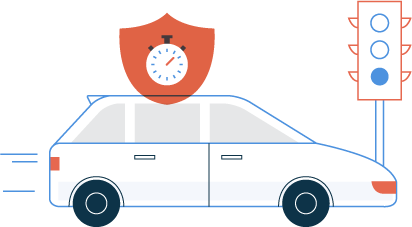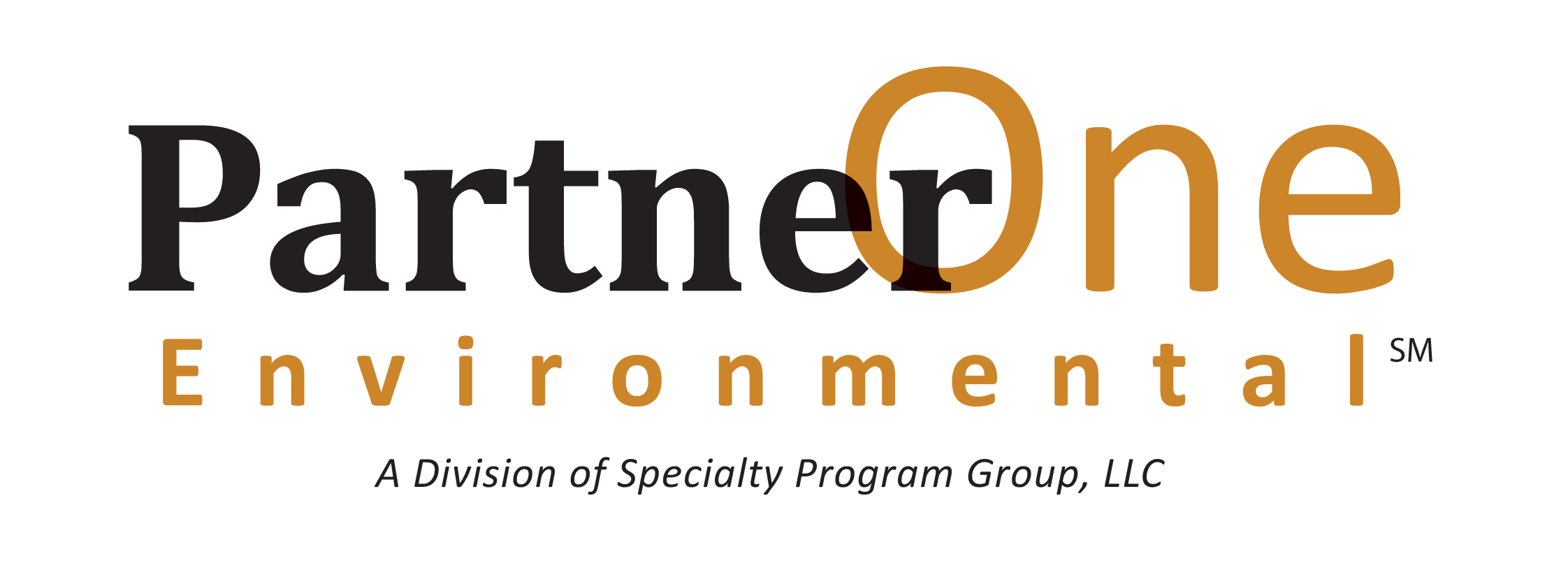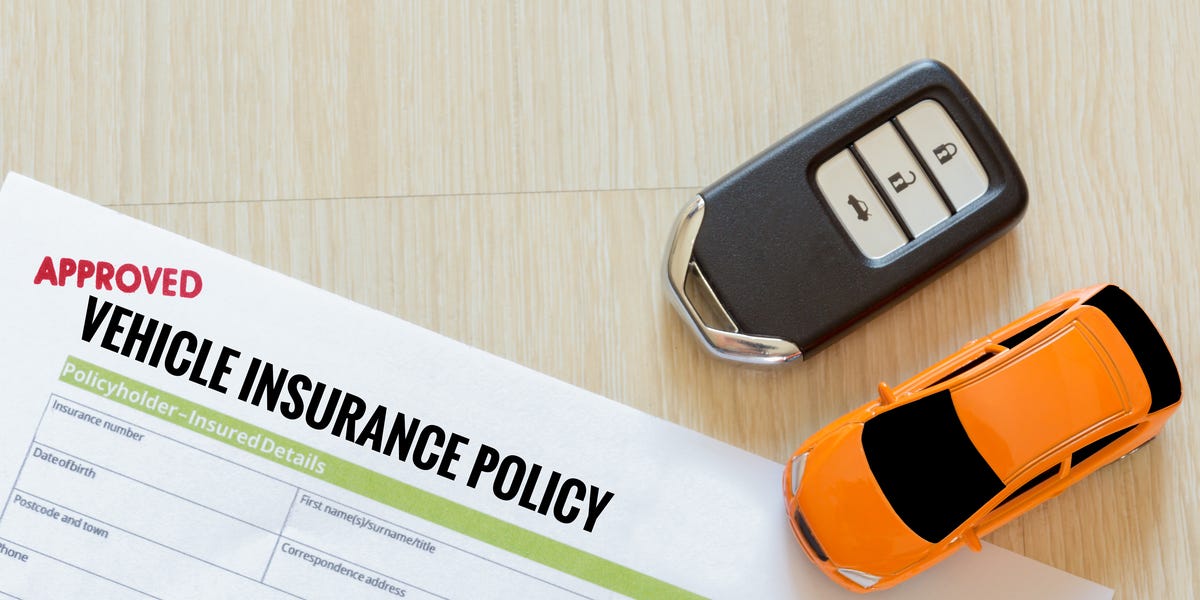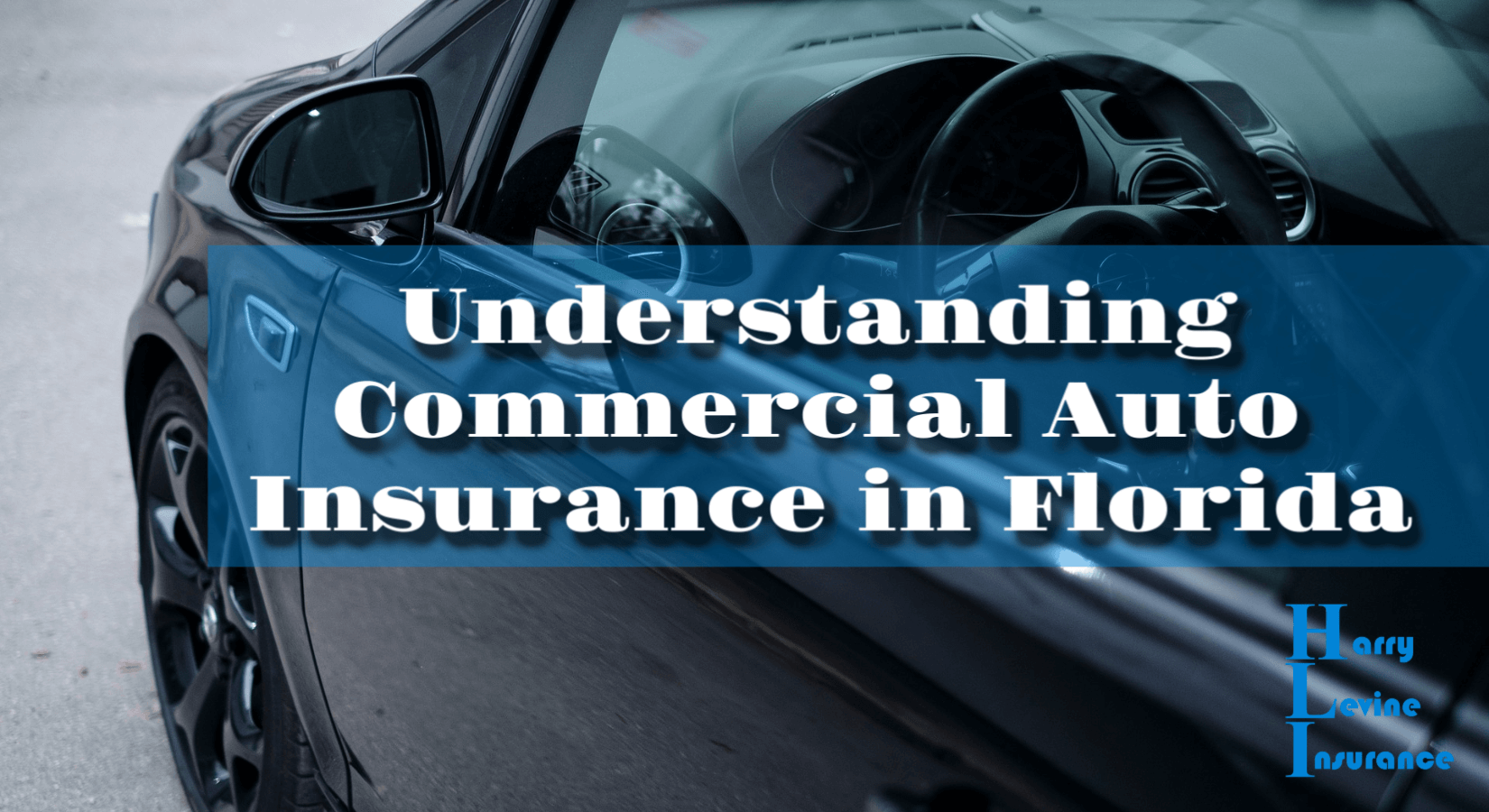Drive Other Car Coverage Vs Individual Named Insured
A drive other car coverage (broadened coverage for named individuals) endorsement is commonly used when an executive officer, for. Individual named insured endorsement, which includes family coverage.

Does Insurance Follow The Car Or The Driver
Drive other car endorsement — a commercial auto endorsement designed to provide nonowned auto coverage under a commercial auto policy similar to that which would be provided under a personal auto policy (pap).

Drive other car coverage vs individual named insured. If you need to borrow, test drive, rent or […] The reason is that the employer's business auto form should apply. His or her record is used in underwriting the policy to determine rates, but the person has no policy rights.
Typically, the named insured driver is the owner of the vehicle being insured. Some people say doc coverage is not necessary because most responsible people who drive vehicles carry insurance. So if a loss occurs.
The owner of the vehicle is typically the primary driver of that vehicle. They usually have the same rights and coverage as the named insured driver, but they aren't always responsible for paying the policy premium. This insurance is sometimes also called drive other car insurance.
If the employee to whom the auto is furnished drives no other vehicle, doc is not necessary. The pap with a personal umbrella policy is much better than the drive other car endorsement. If the underwriter knows there is a pap in the house, i'd be surprised that they’d offer the drive other car endorsement.
'driving other cars' is a clause in your policy that allows you to drive someone else’s car without being a named driver on their policy. The coverage afforded to an additional insured is limited to liability caused by the named insured. Note, however, that the individual named insured endorsement is used with commercial auto policies to provide personal auto coverage on the named insured’s private passenger autos.
An additional driver is a person who resides with the named insured and/or regularly uses a shared vehicle. The answer nonetheless hinges on the circumstances in each case. A drive other coverage option typically expands coverage by changing a commercial auto policy’s definition of “who is an insured.” the named individual and all of his family (who reside in the household) become insureds under the auto policy but only for the items where a premium is indicated and only while the individual or the family member are traveling in an auto not owned by the insured nor the.
The named insured driver is the main individual listed on the insurance policy. The drive other car coverage—broadened coverage for named individuals endorsement is commonly used when an executive officer, for example, does not carry personal auto insurance. Since he is not a permitted driver on the neighbors
However, coverage for the additional insured stops there. Additional drivers are a different matter. In some cases, the additional named insured driver might not have all of the same rights as the primary named insured driver.
The owner of the vehicle buys insurance to protect that vehicle, and that person is the named insured driver. Both the drive other car endorsement and the pap provide coverage on an excess basis. Your 16 year old son gets into your neighbors car and turns the ignition running it into.
The first is the named insured, meaning the individual or company designated by name in the policy. The drive other car coverage is usually added at little additional premium charge. The employer could extend personal auto coverage to an employee by either adding drive other car coverage (ca 99 10) or individual named insured (ca 99 17) endorsements.
The full technical definition is as follows: The standard commercial general liability form outlines the parties that qualify for coverage in a section entitled who is an insured. In other words, if the additional insured is named in a lawsuit that was directly caused by the named insured, the additional insured will be covered by the policy.
If the named insured is an individual, the endorsement approximates the drive other car protection built into the regular personal auto policy. This portion of the endorsement is particularly desirable when all family cars are insured under the named insured’s business auto policy and the family has no personal auto policy to cover their drive other car exposure. The named insured may be a sole proprietorship, partnership, corporation or another type of entity.
The garage causing serious damage. In the event of a loss, the named insurer is the person that the insurer writes the check to in the event of a loss. The drive other car coverage is usually added at little additional premium charge.
As outlined in the other insurance section of the bap and pap,. The full technical definition is as follows:

Pin On Examples Online Cards Templates

Hired Non-owned Auto Insurance Coverwallet

Temporary Auto Insurance Coverage Buyautoinsurancecom

Drive Other Car Coverage What Is It And Do I Need To Add It Partnerone Environmental
How To Find Out If Someone Has Auto Insurance Coverage

Plugging The Gap The Need For Drive-other-car Coverage - The Reschini Group

States Where You Might Not Have To Get Car Insurance - Nerdwallet

Non-owner Car Insurance What To Know Trusted Choice

Does Car Insurance Cover The Car Or The Driver

Guide To Adding Your Child To Your Car Insurance Nextadvisor With Time

Add A Named Driver To Your Car Insurance Policy - Confusedcom

How Can I Tell If I Need Commercial Auto Insurance - Trushield Insurance

Understanding Commercial Auto Insurance In Florida - Harry Levine Insurance

Non-owner Car Insurance Guide For 2021

License To Sell Auto Insurance Di 2021

Best Cheap Car Insurance For 2021 - Cnet

High Risk Health Insurance Plans Infographic Health Health Insurance Benefits

If My Adult Child Borrows My Car Is He Covered By My Insurance - Otterstedt

Minimum Auto Insurance Requirements Department Of Financial Services
